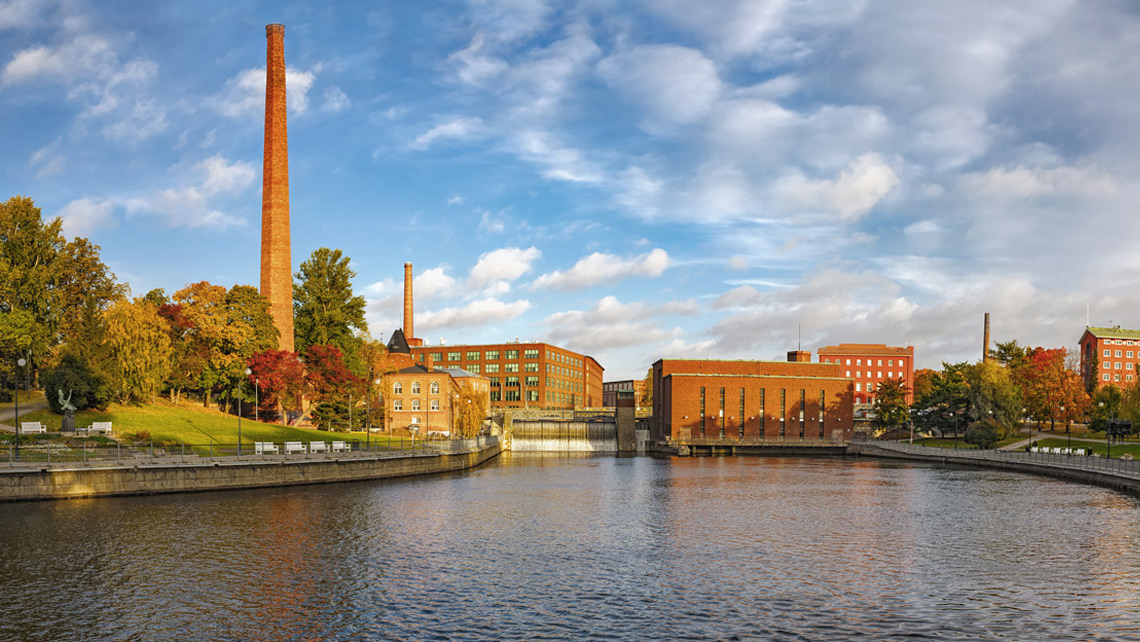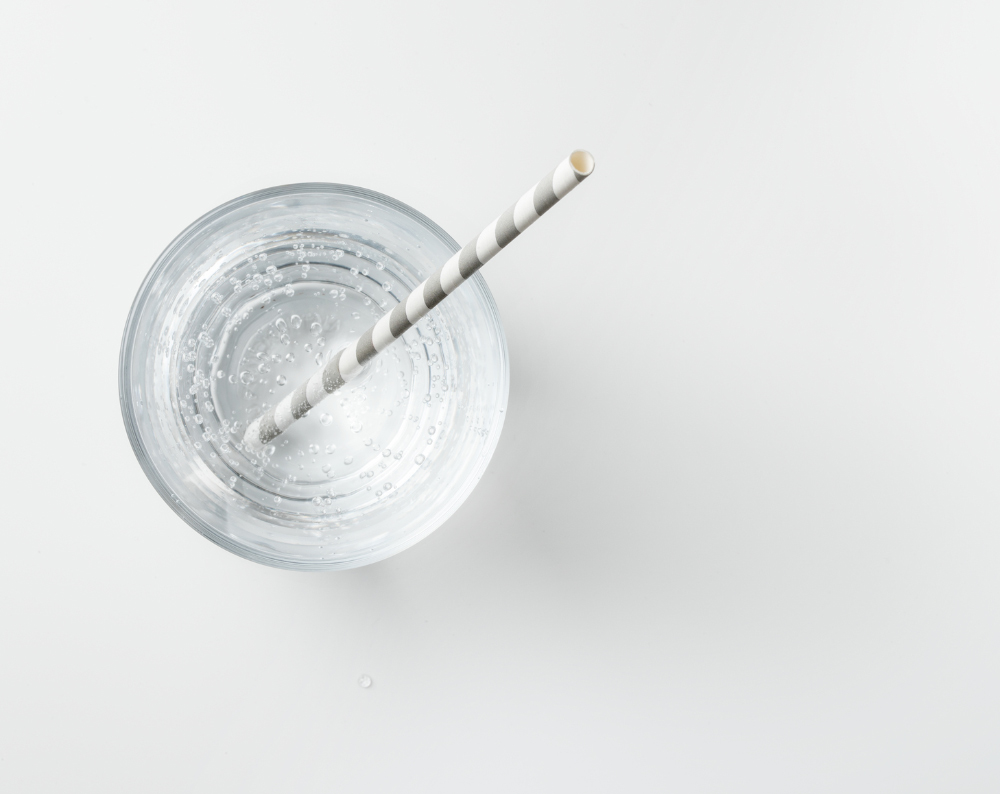Humankind has come a long way from the open sewers and cesspools of old. Modern wastewater treatment is a fascinating and highly developed industry, and today’s treatment plants are marvels of engineering where chemical, biological, and other processes are combined to ensure that the water returned back to the environment is safe and clean.
“In the 1970s and early 80s wastewater treatment was still very much focused on removing things that we could see with the naked eye, like organic matter and solids,” says Anna Mikola, Professor of Practice at Aalto University in Finland. “As we moved into the 80s the conversation turned to the things that we couldn’t see – nutrients like nitrogen and phosphorus for example,” Anna highlights.
From problematic pollutants to valuable raw materials
With nutrient removal firmly on the agenda, wastewater treatment plants could implement processes to deal with them as a “problem”. However, as Anna points out, there has been a shift in the way nutrients are viewed: “Around 10 or 15 years ago the industry started to see nutrients more as a valuable resource, for example for manufacturing fertilizers, than as a threat that needed to be removed from wastewater and disposed of. This is a good example of early circular-economy thinking, where we started to see the wastewater treatment process as a cycle and focus on recovery and reuse.”
Topics like microplastic pollution have made water quality and treatment almost a dinner-table conversation subject.
Change driven by tightening regulations
Regulations are clearly the biggest driver for change in wastewater treatment, and in Europe we have seen the introduction of several different laws and directives aimed at improving the efficiency and quality of treatment. “These developments come from political pressure and lead to large-scale change, and also from increasing consumer awareness of what’s in our water,” says Anna. “Topics like microplastic pollution have made water quality and treatment almost a dinner-table conversation subject.”
Big steps towards improving processes
There are several important milestones in the history of wastewater treatment that have enabled significant improvements. One good example is the activated sludge process for treating sewage or industrial wastewaters using aeration and a biological floc composed of bacteria and protozoa.
“In terms of nutrient removal, once we understood that metal coagulants could be used to precipitate phosphates from wastewater we saw removal performance increase from around 40% to 85% or even 90%,” explains Anna. “And at the end of the 80s and in the early 90s we saw the adoption of activated sludge processes that allowed nitrogen removal as well and, later, tertiary treatment steps like sand filtering to enhance nutrient removal. There are lots of exciting technological developments going on and we’ll certainly see even greater improvements in treatment efficiency and more opportunities to reuse wastewater and recover valuable resources from it,” explains Anna.
Digging deep to deliver the best in modern wastewater treatment
All the latest technological developments will soon be in action deep underground inside a colossal cave on the outskirts of the city of Tampere in southern Finland. When finished in 2024, the Sulkavuori central sewage treatment works will be a fantastic showcase for what is possible in modern wastewater treatment. Wastewater will be treated using a modern activated sludge process, partial chemical pre-precipitation, and a highly efficient tertiary treatment step with sand filters.
“Sulkavuori will treat about 100,000 m3 of wastewater per day from Tampere and surrounding municipalities, serving a population of about 430,000 people,” explains Timo Heinonen, Managing Director, Tampere Region Central Wastewater Treatment Plant Ltd. “This is a huge investment of EUR 320 million and includes the construction of a sewage tunnel to bring wastewater to the plant, two new pumping stations, and a discharge tunnel, as well as a transfer sewer network,” says Timo.
The plant will have four treatment lines and combine mechanical, biological, chemical, and tertiary treatment processes, as well as a disinfection step. “We chose this combination because it’s based on well-proven methods that we know will help us achieve the treatment results that we want from the first day of operation,” highlights Timo.
Biogas from the sludge digestion process will produce nearly 60% of the electricity and 90% of the heat needed by the treatment plant each year
Setting strict targets
“The target with the chemical treatment process is to maximize the efficiency of phosphorus removal and improve removal of organic material. Though the official requirement for total residual phosphorus is 0.3 mg/liter, we have set our own target of 0.16 mg/liter, and the tertiary treatment with sand filters will play an important role in helping us to reach this.”
In order to minimize CO2 emissions and make the most of a valuable resource at the same time, the biogas generated during the anaerobic sludge digestion process will be used for running gas engines that will produce nearly 60% of the electricity and 90% of the heat needed by the treatment plant each year. “Tampere City has a target to reach CO2 neutrality by 2030, which is less than 10 years away, so we needed to play our part in achieving this goal,” Timo explains.
“Kemira has 100 years of experience in wastewater treatment and their support is always focused on helping projects like ours hit their performance targets rather than just being a chemical supplier. We’ve cooperated with them for many years at our existing treatment facilities and had fruitful discussions during the planning stages for the new plant too, so we’re looking forward to continuing our strong relationship,” concludes Timo.
Building on this long history of significant technological advances, the plant’s cutting-edge treatment processes will be continously improved in line with future developments. This could include, for example, the introduction of new processes to remove contaminants such as pharmaceutical residuals and even smaller microplastic particles.

